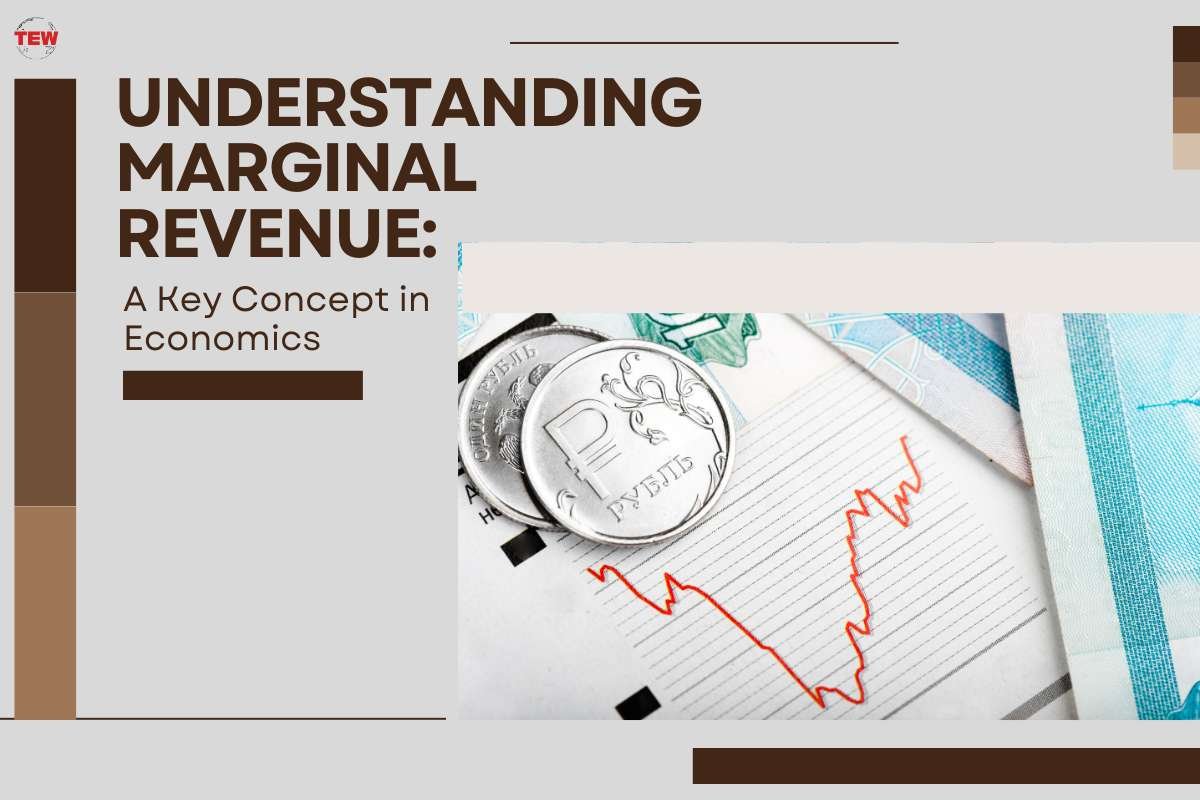Marginal revenue is a fundamental concept in economics that plays a crucial role in decision-making for businesses, policymakers, and individuals alike. It represents the additional revenue generated by producing and selling one more unit of a product or service. In this article, we will explore the concept of marginal revenue, its significance, and its practical applications across various sectors of the economy.
Definition:
Marginal revenue (MR) is defined as the change in total revenue resulting from the sale of one additional unit of a product or service. Mathematically, it can be expressed as the derivative of the total revenue function concerning the quantity of output sold. In simple terms, MR indicates how much a firm’s revenue will increase if it sells one more unit of its product at the prevailing market price.
Calculating Marginal Revenue:
To calculate MR, one can follow these steps:
- Determine the total revenue earned from selling a specific quantity of the product.
- Increase the quantity sold by one unit.
- Calculate the total revenue earned from selling the increased quantity.
- Subtract the initial total revenue from the total revenue obtained after selling the additional unit.
- The resulting figure represents the MR associated with selling one more unit of the product.
Significance of Marginal Revenue:

Marginal revenue serves as a vital indicator for businesses in various aspects of decision-making:
Optimal Pricing Strategy:
Understanding MR helps businesses determine the most profitable price point for their products or services. By analyzing how price changes affect MR, firms can identify the price level that maximizes their revenue and profitability.
Production Decisions:
MR influences production decisions by providing insights into the additional revenue generated from producing extra units of output. Firms aim to produce at a level where MR equals marginal cost to maximize profit.
Market Competitiveness:
Analyzing MR enables firms to assess their competitiveness within the market. By comparing their MR with that of competitors, businesses can gauge their relative position and make strategic adjustments to enhance their market share.
Resource Allocation:
MR guides resource allocation decisions by helping firms allocate resources efficiently to activities or products that generate the highest incremental revenue. This ensures optimal utilization of resources and maximization of overall profitability.
Practical Applications of Marginal Revenue:
Monopoly Pricing:
In a monopoly market structure where a single firm dominates the market, MR plays a crucial role in determining the optimal pricing strategy. Monopolists seek to maximize profit by setting their output level where MR equals marginal cost, enabling them to charge the highest price that consumers are willing to pay.
Perfect Competition:
In a perfectly competitive market, where numerous firms compete with homogeneous products, MR equals the market price. Firms in perfect competition maximize profit by producing at a level where marginal cost equals market price, ensuring efficient allocation of resources.
Product Development:
MR analysis informs product development decisions by assessing the incremental revenue generated from introducing new products or features. By estimating the MR associated with product innovations, firms can prioritize investment in projects with the highest revenue potential.
Advertising and Marketing:
Marketing campaigns and advertising efforts aim to increase a firm’s MR by attracting new customers and boosting sales. By evaluating the MR generated from advertising expenditures, firms can optimize their marketing strategies to achieve maximum return on investment.
Challenges and Limitations:

While marginal revenue provides valuable insights for decision-making, it is essential to acknowledge its limitations:
Assumptions of Rationality: MR analysis assumes rational behavior on the part of consumers and firms, which may not always reflect real-world behavior influenced by psychological factors and market dynamics.
Complex Market Dynamics: In real-world markets characterized by uncertainty and imperfect information, accurately estimating MR can be challenging due to fluctuations in demand, changes in consumer preferences, and competitive pressures.
External Factors: External factors such as government regulations, technological advancements, and macroeconomic conditions can impact MR calculations, adding complexity to decision-making processes.
Evaluating Profit Maximization:
Profit maximization is a primary goal for businesses, and MR analysis plays a central role in achieving this objective. By comparing MR with marginal cost, firms can determine the level of output that yields the highest profit. At the profit-maximizing level of output, MR equals marginal cost, indicating that the additional revenue from producing one more unit of the product is equal to the additional cost incurred. This equilibrium condition ensures that resources are allocated efficiently, maximizing the firm’s overall profitability.
Dynamic Pricing Strategies:
Marginal revenue analysis is also instrumental in dynamic pricing strategies, where prices are adjusted in real time based on changes in demand, supply, and market conditions. Through continuous monitoring of MR, firms can adapt their pricing strategies to capitalize on fluctuations in consumer behavior and market trends. Dynamic pricing allows businesses to optimize revenue by charging higher prices during periods of high demand and lower prices during off-peak times, thereby maximizing overall revenue and profitability.
Investment Decisions:
Marginal revenue analysis extends beyond short-term operational decisions to long-term investment planning. When evaluating investment opportunities such as expanding production capacity, entering new markets, or investing in research and development, firms consider the incremental revenue generated by each investment. By comparing the expected MR with the associated costs, businesses can assess the viability and potential return on investment of various projects, guiding strategic decision-making and resource allocation.
Consumer Surplus and Welfare Analysis:

In addition to its application in business decision-making, marginal revenue analysis is essential in assessing consumer surplus and overall welfare in the economy. Consumer surplus represents the difference between the price consumers are willing to pay for a product and the price they pay. MR helps determine the optimal level of output that maximizes consumer surplus, ensuring that resources are allocated efficiently to meet consumer preferences and maximize societal welfare.
Conclusion:
Marginal revenue is a fundamental concept in economics that provides valuable insights into revenue generation, pricing strategies, and resource allocation decisions for businesses. By understanding how changes in output affect revenue, firms can optimize their operations, enhance competitiveness, and maximize profitability. Despite its challenges and limitations, MR analysis remains a cornerstone of economic theory and a powerful tool for decision-makers across various sectors of the economy.




